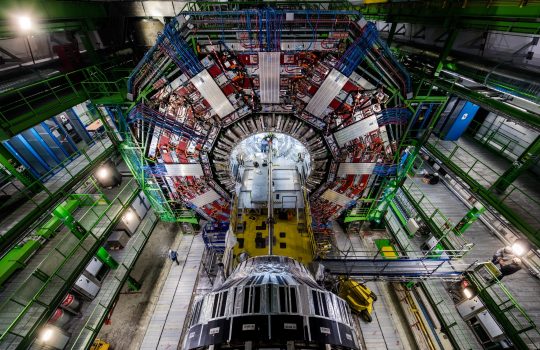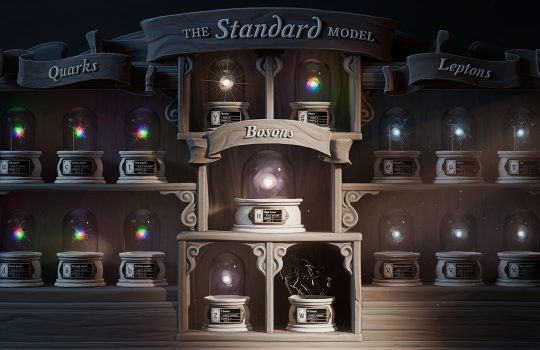Measurement that challenges physics theory is revalidated
Inovacao Tecnolica (Brazil), March 19, 2025
In 2022, the CDF experiment at Fermilab measured the W boson mass and found a challenge in the predictions of physics. However, the LHC measurement of the mass of the W boson found the exact expected value. What now?


